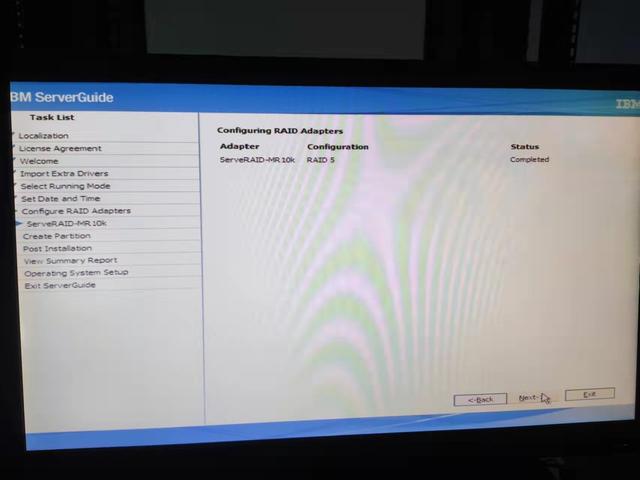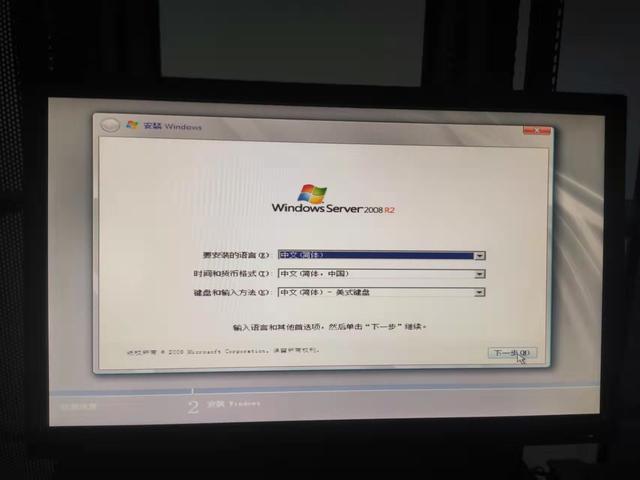
ibmsystemxu disk boot is a commonly used system startup method, which can help users repair and reinstall the system when the computer cannot start normally. By making an ibmsystemxu disk, users can easily guide the computer to enter the system recovery interface and quickly solve various system problems. When using the ibmsystemxu disk to start, you need to pay attention to the production method and usage steps to ensure that the operation proceeds smoothly. Next, we will give you a detailed introduction to the production and use of ibmsystemxu disk boot, so that you can easily deal with computer failures!
Download the GUI and window server 2008 image files and prepare to move the optical drive. Use UItraISO software to burn a disc
Use UItraISO software to burn a disc Select the image file
Select the image file Burn a disc
Burn a disc Use a USB optical drive to install the system and connect the mobile optical drive to the server without setting the server's BIOS.
Use a USB optical drive to install the system and connect the mobile optical drive to the server without setting the server's BIOS. 
Step 1: Press F12 to enter the ServerGuide operation interface when the server starts, select "English"

Step 2: Select "United States"

Step 3: Select "windows server 2008 R2 x64", select "windows server 2008 R2, Standard X64 Edition"

Step 4: Select "RIAD 5",
RAID 0 combines at least two hard disks into a logical volume for data storage. It is characterized by operating multiple hard disks at the same time when reading and writing data to achieve faster speeds. Data is spread across different hard drives to improve overall performance.
2. Raid1 is to read and write (the same data) to 2 hard disks at the same time. Emphasis on data security. Rather wasteful.
RAID5 is a technology that improves data fault tolerance and performance by combining multiple hard drives into one logical volume. In RAID5, data and parity information are stored on separate disks, which helps protect data from hard drive failure. When one of the disks fails, the system can use parity information and data on the other disks to recover the missing data, ensuring data integrity and reliability. RAID5 requires at least three hard drives to work. It achieves redundant backup of data by distributing parity information and has high read performance.

Step 5: Wait a few minutes for RAID to complete and click Next.

Step 6: No selection required, click Next.

Step 7: No selection required, click Next.

Step 8: No selection required, click Next. .

Step 9: No selection required, wait a moment and click Next.

Step 10: When prompted, insert the widnwo server 2008 system disk and click Next.

Step 11: When prompted to find the widnwo server 2008 system disk, click Next.

Step 12: Select "I agree...." and click Next.

Step 13: No selection required, click Next.

Step 14: No operation required, wait for the system to automatically install.....

Step 15: Log in to the IBM website to download Network card driver, etc., the system installation is completed.........

The above is the detailed content of ibmsystemxu disk startup. For more information, please follow other related articles on the PHP Chinese website!
 The difference between footnotes and endnotes
The difference between footnotes and endnotes
 The difference between while loop and do while loop
The difference between while loop and do while loop
 What should I do if the CAD image cannot be moved?
What should I do if the CAD image cannot be moved?
 What is the difference between TCP protocol and UDP protocol?
What is the difference between TCP protocol and UDP protocol?
 Top ten digital currency exchanges
Top ten digital currency exchanges
 Which is more worth learning, c language or python?
Which is more worth learning, c language or python?
 Virtual machine software
Virtual machine software
 What is the principle and mechanism of dubbo
What is the principle and mechanism of dubbo




